An on-chip superconducting isolator that does not rely on magnetic materials to break reciprocity is implemented, providing 45 dB of isolation at the qubit readout frequency.
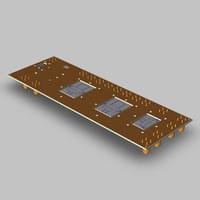

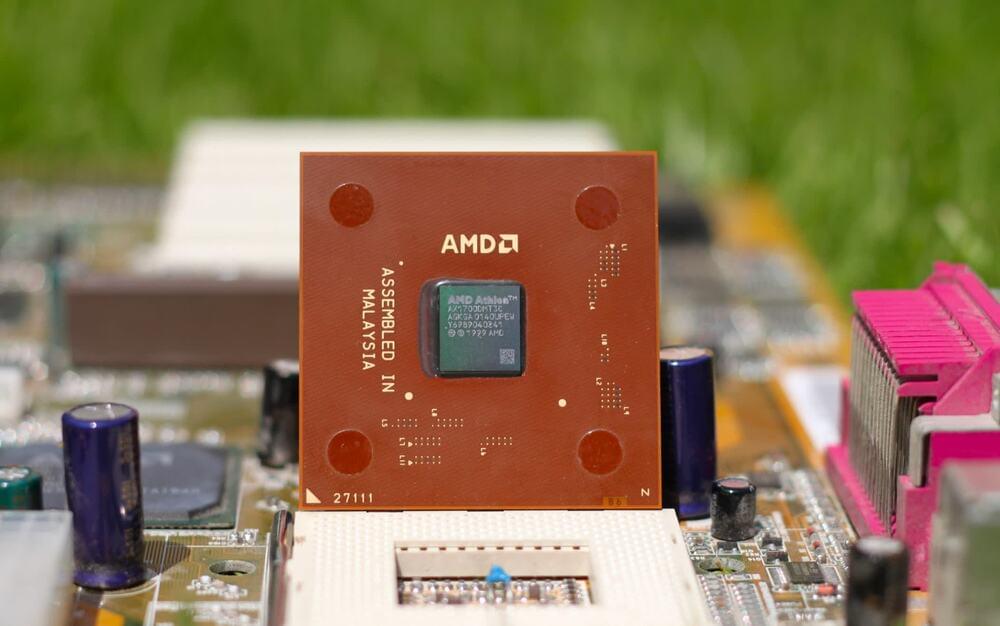
It’s hard to overemphasize how far computers have come and how they have transformed just about every aspect of our lives. From rudimentary devices like toasters to cutting-edge devices like spacecrafts, you’ll be hard pressed not to find these devices making use of some form of computing capability.
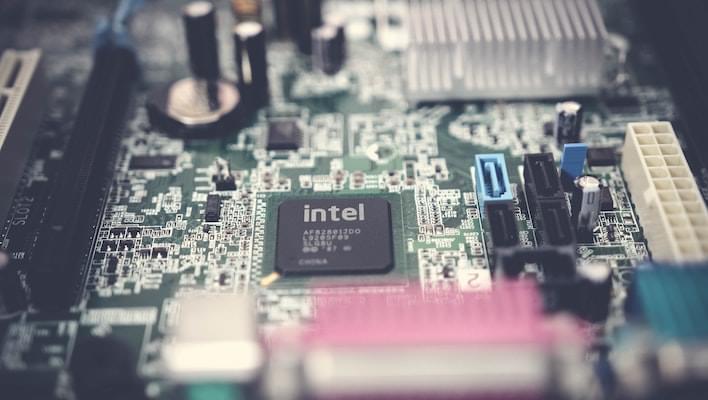
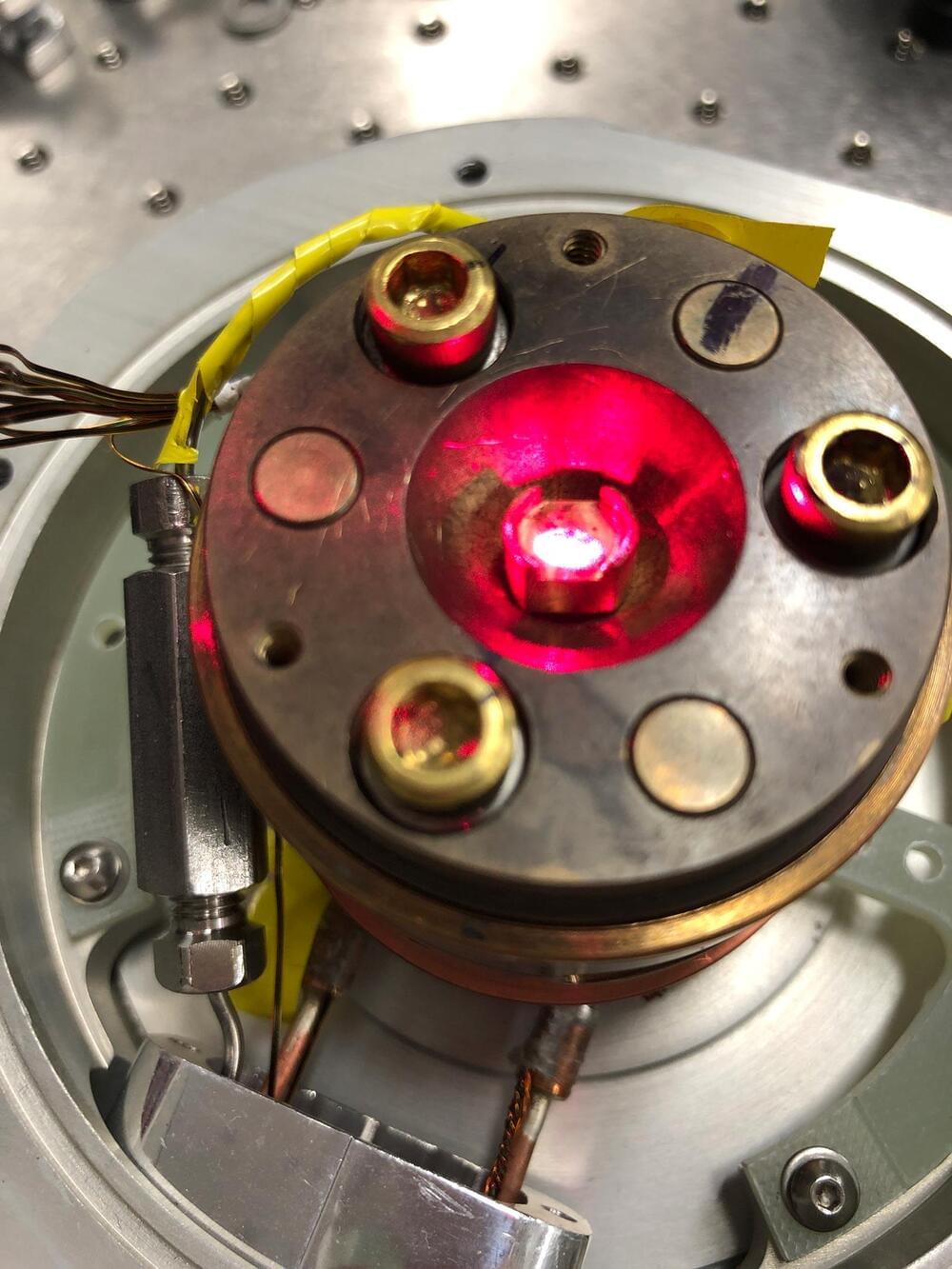
Imagine windows that can easily transform into mirrors, or super high-speed computers that run not on electrons but light. These are just some of the potential applications that could emerge from optical engineering, the practice of using lasers to rapidly and temporarily change the properties of materials.
“These tools could let you transform the electronic properties of materials at the flick of a light switch,” says Caltech Professor of Physics David Hsieh. “But the technologies have been limited by the problem of the lasers creating too much heat in the materials.”
In a new study in Nature, Hsieh and his team, including lead author and graduate student Junyi Shan, report success at using lasers to dramatically sculpt the properties of materials without the production of any excess damaging heat.

The transmission electron microscope (TEM) can image molecular structures at the atomic scale by using electrons instead of light, and has revolutionized materials science and structural biology. The past decade has seen a lot of interest in combining electron microscopy with optical excitations, trying, for example, to control and manipulate the electron beam by light. But a major challenge has been the rather weak interaction of propagating electrons with photons.
In a new study, researchers have successfully demonstrated extremely efficient electron beam modulation using integrated photonic microresonators. The study was led by Professor Tobias J. Kippenberg at EPFL and by Professor Claus Ropers at the Max Planck Institute for Biophysical Chemistry and the University of Göttingen, and is published in Nature.
The two laboratories formed an unconventional collaboration, joining the usually unconnected fields of electron microscopy and integrated photonics. Photonic integrated circuits can guide light on a chip with ultra-low low losses, and enhance optical fields using micro-ring resonators. In the experiments conducted by Ropers’ group, an electron beam was steered through the optical near field of a photonic circuit, to allow the electrons to interact with the enhanced light. The researchers then probed the interaction by measuring the energy of electrons that had absorbed or emitted tens to hundreds of photon energies. The photonic chips were engineered by Kippenberg’s group, built in such a way that the speed of light in the micro-ring resonators exactly matched the speed of the electrons, drastically increasing the electron-photon interaction.
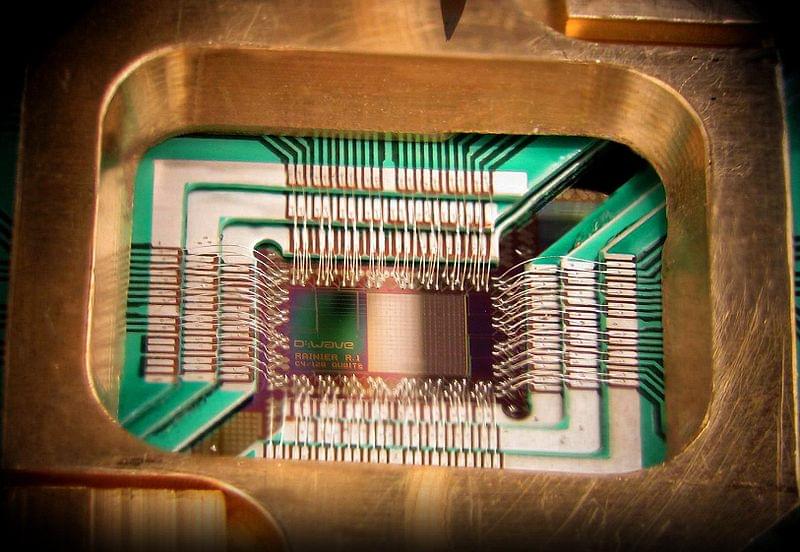
Recent advances in quantum computing show progress, but not enough to live up to years of hyperbole. An emerging view suggests the much-publicized quest for more quantum qubits and quantum supremacy may be overshadowed by a more sensible quest to make practical use of the qubits we have now.
The latter view holds particularly true at D-Wave Systems Inc., the Vancouver, B.C., Canada-based quantum computing pioneer that recently disclosed its roadmap for work on logic gate-model quantum computing systems.
D-Wave’s embrace of gates is notable. To date, the company focuses solely on quantum annealing processors. Using this probabilistic approach, it has achieved superconducting qubit processor counts that it claims outpaces most others. Its latest Advantage system boasts 5,000 qubits. That’s well ahead of the 127-qubit device IBM reported in November.
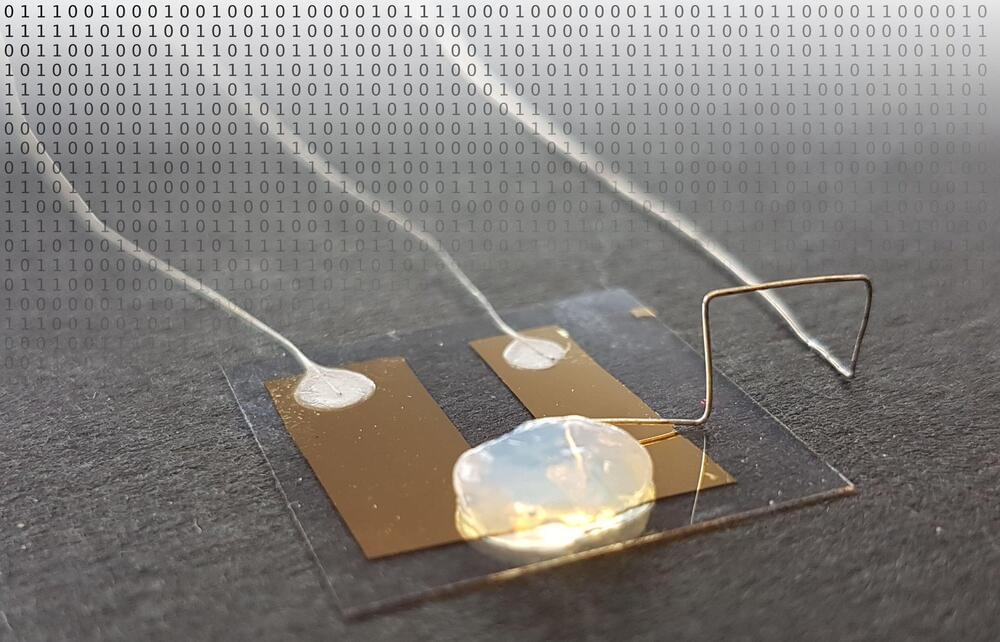
Circa 2018
Digitization results in a high energy consumption. In industrialized countries, information technology presently has a share of more than 10% in total power consumption. The transistor is the central element of digital data processing in computing centers, PCs, smartphones, or in embedded systems for many applications from the washing machine to the airplane. A commercially available low-cost USB memory stick already contains several billion transistors. In the future, the single-atom transistor developed by Professor Thomas Schimmel and his team at the Institute of Applied Physics (APH) of KIT might considerably enhance energy efficiency in information technology. “This quantum electronics element enables switching energies smaller than those of conventional silicon technologies by a factor of 10,000,” says physicist and nanotechnology expert Schimmel, who conducts research at the APH, the Institute of Nanotechnology (INT), and the Material Research Center for Energy Systems (MZE) of KIT. Earlier this year, Professor Schimmel, who is considered the pioneer of single-atom electronics, was appointed Co-Director of the Center for Single-Atom Electronics and Photonics established jointly by KIT and ETH Zurich.
In Advanced Materials, the KIT researchers present the transistor that reaches the limits of miniaturization. The scientists produced two minute metallic contacts. Between them, there is a gap as wide as a single metal atom. “By an electric control pulse, we position a single silver atom into this gap and close the circuit,” Professor Thomas Schimmel explains. “When the silver atom is removed again, the circuit is interrupted.” The world’s smallest transistor switches current through the controlled reversible movement of a single atom. Contrary to conventional quantum electronics components, the single-atom transistor does not only work at extremely low temperatures near absolute zero, i.e.-273°C, but already at room temperature. This is a big advantage for future applications.
The single-atom transistor is based on an entirely new technical approach. The transistor exclusively consists of metal, no semiconductors are used. This results in extremely low electric voltages and, hence, an extremely low energy consumption. So far, KIT’s single-atom transistor has applied a liquid electrolyte. Now, Thomas Schimmel and his team have designed a transistor that works in a solid electrolyte. The gel electrolyte produced by gelling an aqueous silver electrolyte with pyrogenic silicon dioxide combines the advantages of a solid with the electrochemical properties of a liquid. In this way, both safety and handling of the single-atom transistor are improved.
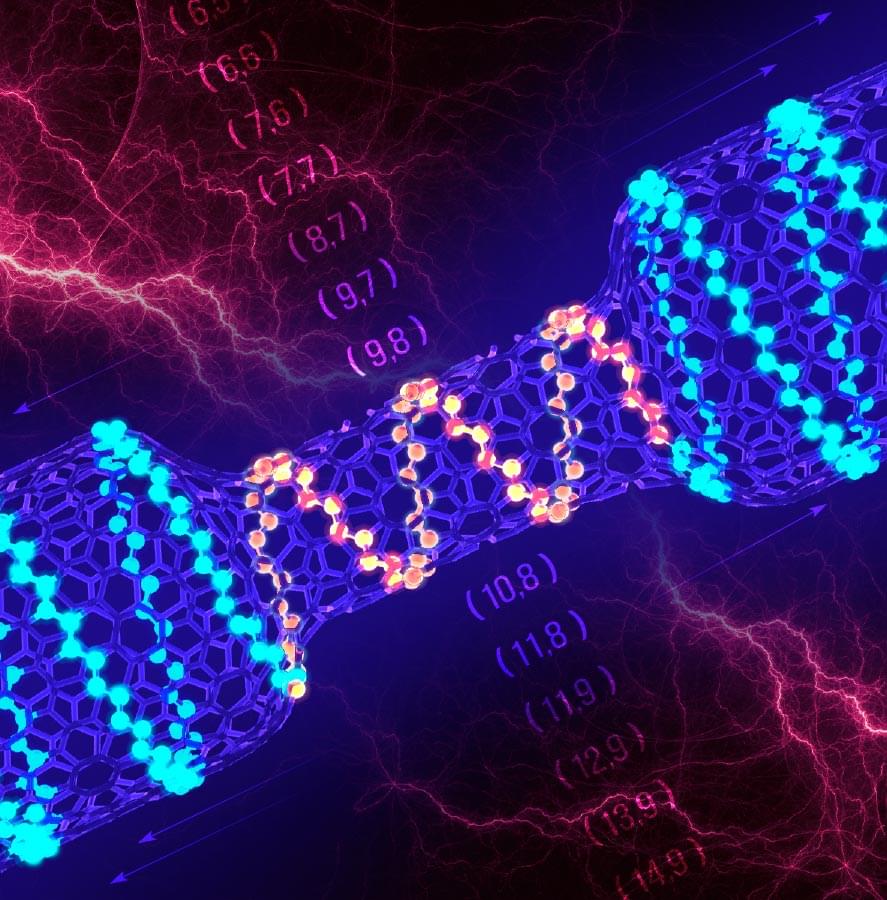
An international team of researchers has used a unique tool inserted into an electron microscope to create a transistor that’s 25,000 times smaller than the width of a human hair.
The research, published in the journal Science, involves researchers from Japan, China, Russia, and Australia who have worked on the project that began five years ago.
QUT Center for Materials Science co-director Professor Dmitri Golberg, who led the research project, said the result was a “very interesting fundamental discovery” which could lead a way for the future development of tiny transistors for future generations of advanced computing devices.

Earlier this month, Airtable announced it’s now worth $11 billion after its latest funding round. The company’s “code-for-everyone-else approach allows professionals who aren’t fluent in coding languages such as Java or Python, and don’t have their desk buried deep within the stack, to play a part in rethinking and remaking the consumer and client digital experience,” reports Riley de León of CNBC. “The low-code movement has attracted an even higher level of attention as a result of the pandemic, during which organizations from hospitals to government entities and corporations have had to develop online offerings at a faster pace than ever expected and for new use cases.”
This movement is part of an increasing democratization of programming — borne of extreme necessity. At a time when digital transformation is everywhere, “relying on IT departments and professional programmers is unsustainable,” an O’Reilly report states. “We need to enable people who aren’t programmers to develop the software they need. We need to enable people to solve their own computational problems.”

Tesla has introduced the new AMD Ryzen chip and 12v Li-ion battery in 2022 Model 3 Model Y vehicles.
Earlier this month, we reported on a bunch of new features and changes coming to the Tesla Model 3 and Model Y that leaked through a test program in Europe.
Amongst many things, the leak revealed that new Model 3 and Model Y vehicles coming to Europe, which are made in China, would come with the new AMD Ryzen chip that is powering the media computer in the new Model S and Model X and the Model Y Performance made in China. Also, the lead-acid 12v battery will change to a Li-ion battery system.